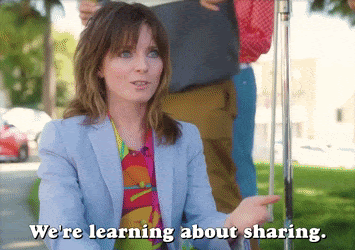
TL;DR
Full Story
“This is going to sound odd, but hear us out…
Google kinda embodies the Web3 ethos.
Or more specifically:
The (Google owned) YouTube platform embodies the Web3 ethos of “You helped build it? You get to profit from it” — with its shared ad revenue model, where creators get 55%, while Google takes 45%.
What excites us about blockchain technology is how it brings that model into reach for smaller platforms, by making it way easier to automatically collect/disperse monetary value between owners/users/investors.
For example:
The other day, we wrote about how Uniswap was automatically scanning its token holders’ wallets, checking they’d contributed, then — wait for it…
Dispersing the platform’s daily fee earnings (currently $200M+) between them.
(It’s such a cool concept that we’ve now written about it twice in 3 days).
And today, we have a new one for your list of ‘cool Web3 enabled revenue sharing examples’…
In March, Telegram will:
-
Launch its own self-serve ad platform.
-
Start splitting all ad revenue 50/50 with its channel owners (all paid out in the Telegram-endorsed TON token).
And sure, Telegram’s ad reach is tiny compared to YouTube’s, but it has a TON (accidental pun, leaving it in) of room left to grow — cause right now:
Telegram channels create 1 TRILLION monthly views, while only 10% of those channels are currently monetized with Telegram ads.
It’s a welcomed update to the deal most Web2 platforms make with their users…
Web2 = “Use our platform for free, we’ll monetize your attention.”
Web3 = “Use our platform for free, we’ll monetize your attention, and give you a cut of the revenue.”
🤝



